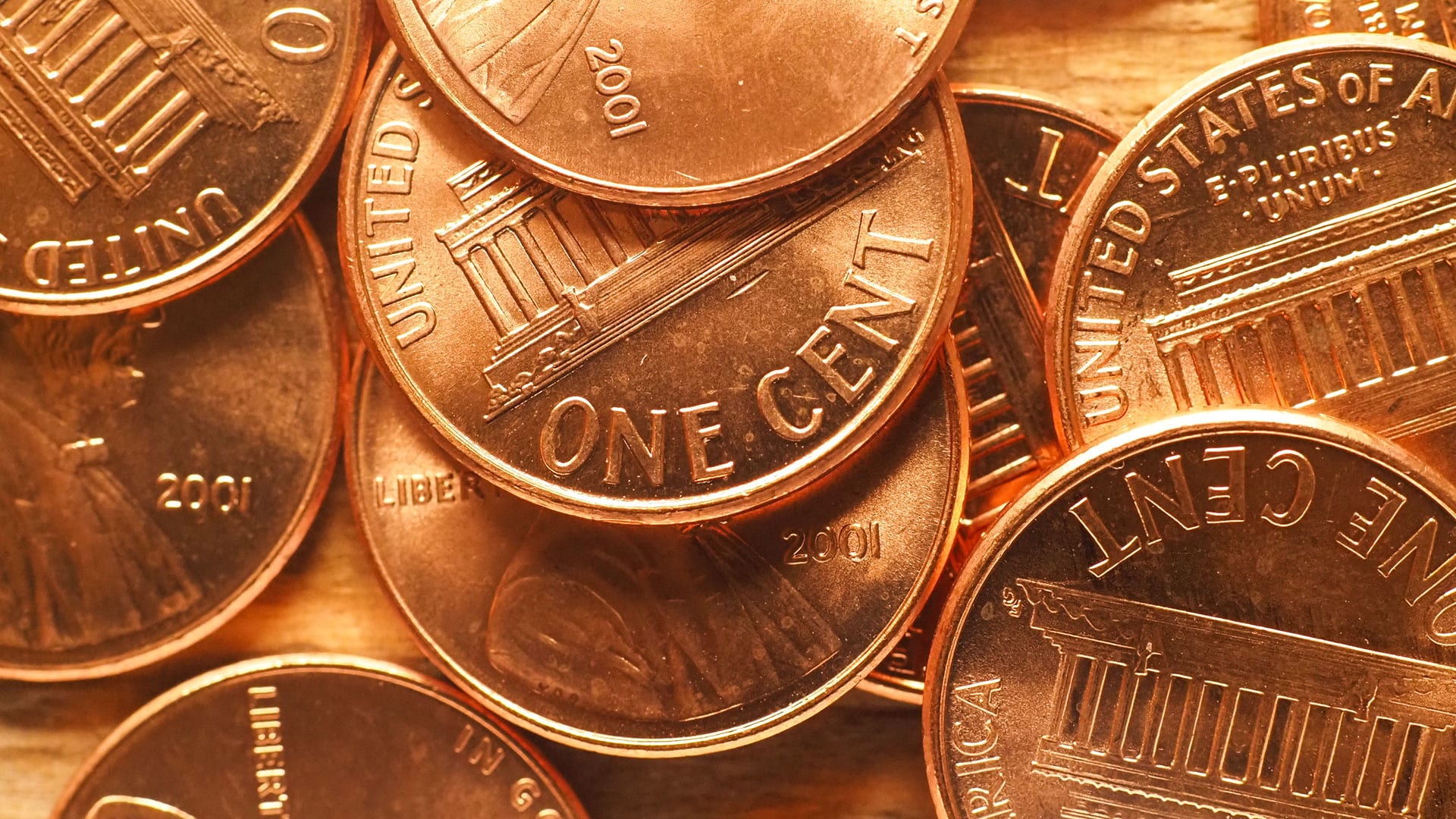
"The U.S. Treasury is phasing out the penny due to high production costs, which exceeded its value, saving taxpayers an estimated $56 million annually."
"As the U.S. Mint completes its final order of penny blanks, this marks over two centuries of penny circulation since its inception in 1793."
"Despite eliminating the penny, other coins like nickels are noted for their high production costs, bringing attention to the broader issue of coinage value."
"With bipartisan support for the initiative, there is a growing consensus on the inefficiency of producing low-value coins like the penny."
The U.S. Treasury announced it will phase out the penny due to increased production costs, which have risen by over 20% in 2024. The U.S. Mint will stop creating new one-cent coins, following its final order of penny blanks. This decision, which has bipartisan support, is expected to save taxpayers $56 million annually as the production of pennies led to losses of over $85 million last year. The cost of producing nickels, however, remains a concern as they are even more expensive to manufacture.
Read at Fast Company
Unable to calculate read time
Collection
[
|
...
]